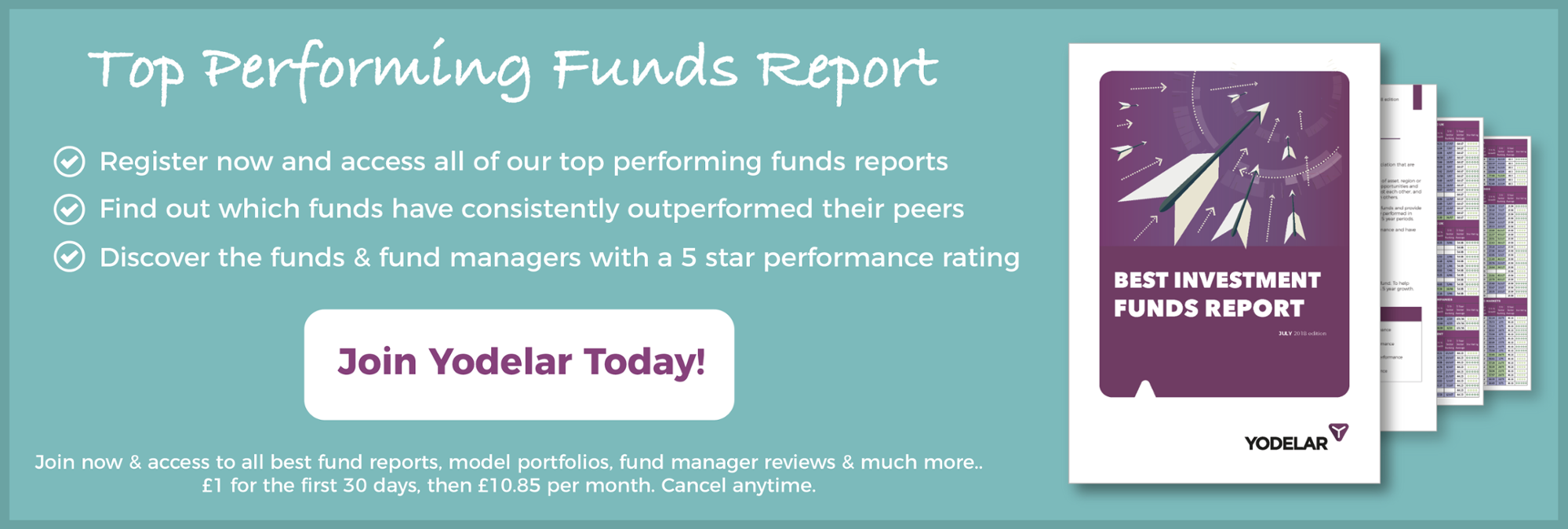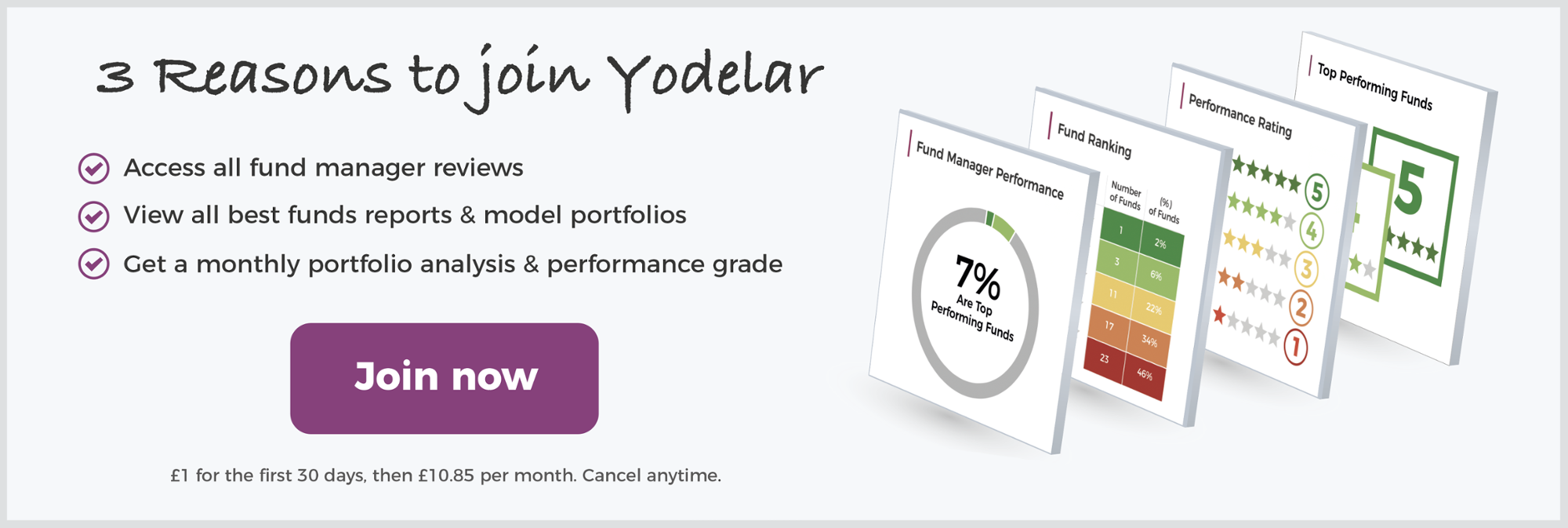
Less than 6% of funds in the prestigious Wealth 150 plus are consistently 'Top' performing funds.
Despite Hargreaves Lansdown stating their Wealth 150+ list contains “a selection of the best funds available to UK investors” our recent analysis identified that less than 6% of these funds have consistently maintained a top quartile sector ranking during the recent 1, 3 & 5 years.
The Wealth 150 is a popular list of funds that has helped to deliver an influx of investment into the funds it promotes. With clear benefits to the fund management firms whose funds are included, there has been criticism as to how funds are selected, which Hargreaves Lansdown have dismissed stating that ‘no one pays to be on the list’ and that ‘all funds are selected on merit’.
The majority of clients self-invest through Hargreaves Lansdown's platform. While they have access to a wide array of investment funds, Hargreaves do promote and favour specific funds (including their own), as contained within their 2 recommended fund lists, 'Wealth 150' and 'Wealth 150 +'.
To identify the quality of the funds within the Wealth 150 lists our research team carried out a comprehensive and independent analysis of each fund identifying their performance and sector ranking over the recent 1, 3 & 5 years. As detailed in this report a large proportion of these funds have a history of poor performance.
The Hargreaves Lansdown Wealth 150
Their primary list, the 'Hargreaves Lansdown Wealth 150+' is a list of funds that contains a selection of (what they believe to be), the "best funds available to UK investors".
Their second list, the Wealth 150 is a broader list of funds described by Hargreaves Lansdown as "excellent long-term prospects". Hargreaves consider these to be "superior to other options in the same sector, but they don’t have quite the same combination of ‘best-in-class’ performance potential and low charges as 'Wealth 150+' funds".
Additionally, they have a Wealth 150+ tracker list which includes their "favourite funds that track the performance of a stock market index".
Our initial concern was why have different best fund lists and not 1? These lists influence investors, therefore, why not have 1 list that highlights the best funds only?
About Our Hargreaves Lansdown Wealth 150 Fund Performance Review
The attached Hargreaves Lansdown fund review, analyses each of the 93 funds contained within the 'Wealth 150’ fund lists and identifies whether they are in fact top, mediocre or poor performing funds, based on their performance and sector ranking over the recent 1, 3 & 5 years.
Each fund was also provided with a consistent performance rating based on the following criteria.
Top – Funds classified by Yodelar as top performing have consistently outperformed at least 75% of competing same sector funds over the course of the 1, 3 & 5 year periods analysed.
Mediocre – A mediocre performance rating is provided to funds that have managed to rank within the top 50% of funds in their sectors consistently over the 5 year period analysed.
Poor – A fund will be provided with a poor performance rating if at any time during the 1, 3 & 5 year periods analysed they performed worse than 50% of competing same sector funds.
Underperformance From Wealth 150 Plus Funds
The funds within their Wealth 150+ list have been described by Hargreaves Lansdown as funds that “offer the ultimate combination of first-class long-term performance potential and low management charges” and represent their view on the “Best funds available to UK investors”. However, when analysed for performance we identified that more than half of these funds have ranked in the bottom 50% in their sector for performance during the recent 5 year period.
Among the funds included in the prestigious Wealth 150+ list was the ‘Pyrford Global Total Return’ fund, despite consistently being among the worst performers in its entire sector, contradicting Hargreaves Lansdown’s claim that their Wealth 150+ has “A strong track record of selecting the best funds in each sector”.
Another strange inclusion in the Hargreaves Lansdown Wealth 150 plus list is Neil Woodford’s ‘Woodford Income Focus’ fund. This fund only recently launched on 20th March 2017 and as a completely unproven fund with zero history one must question the merits of its inclusion when there are funds available in the same sector that have proven to deliver consistent top performance yet have been omitted from the Wealth 150+ list.
The ‘Marlborough Multi Cap Income’ fund also finds itself included in the Wealth 150+ list despite being one of the least competitive funds in its sector over the recent 3 years. Over the most recent 12 months this fund achieved growth of 5.97% which ranked 401st out of 412 competing funds in the UK Equity Income sector.
Wealth 150+ Tracker Fund Performance
Despite measuring up poorly when compared to top performing actively managed funds, passive or tracker funds have become an increasingly popular investment choice among UK investors. With this increased popularity Hargreaves Lansdown have now included a list of 13 tracker funds that they perceive to have excellent long-term prospect.
From these 13 funds only 5 have at least 5 years history and none of which have been able to consistently maintain top quartile sector ranking during that period.
Since its launch in December 2013, the ‘L&G International Global Index Trust’ fund is the only fund included in the Wealth 150+ Tracker list that has maintained top performance in its sector since its launch or over the recent 5-year period.
What About The Less Favoured Wealth 150 Funds?
Comprised of 36 funds, the Wealth 150 represents a list of funds that Hargreaves Lansdown do not hold in as high regard as their premier league Wealth 150+ list. Yet despite a large proportion of the funds listed underperforming there was a selection of Top Performing funds that would be worthy of any recommended top funds list.
Both the ‘Old Mutual UK Mid Cap’ and ‘Old Mutual UK Smaller Companies’ funds have consistently maintained top quartile sector performance over the recent 1, 3 & 5 years. In fact, with growth of 150.58% over the recent 5 year period, the ‘Old Mutual UK Mid Cap’ was the best performing of 820 funds in the UK All Companies sector.
However, with 65% of funds in the Wealth 150 list performing worse than at least half of all funds in their sectors further questions are raised about the quality of the Wealth 150. For example, included in the Wealth 150 is the ‘Argonaut European Alpha’ fund, which is a serial underperforming fund and factually one of the worst performers in its entire sector. Over the recent 5-year period this fund has consistently performed worse than at least 90% of same sector funds and over the recent 12 months it ranked 418th out of 424 funds with growth 6.05%. To provide a comparison, the consistently top performing ‘Marlborough European Multi Cap’ fund, which sits within the same sector, returned growth of 44.15% over the same period.
Summary
The Wealth 150 is a popular resource used by many self managed investors and financial advisers in helping them make fund selections, but as identified in our review the significant proportion of funds they include have underperformed in comparison to competing same sector funds.
With the exception of the small number of consistently top performing funds the Wealth 150 list's primarily contain funds that have underperformed in comparison to competing same sector funds.
As the Wealth 150 lists contain such a large number of mediocre and poor performing funds we strongly recommend that investors seek further clarity on fund quality before making investment decisions based on the recommendations within the Wealth 150 lists.














